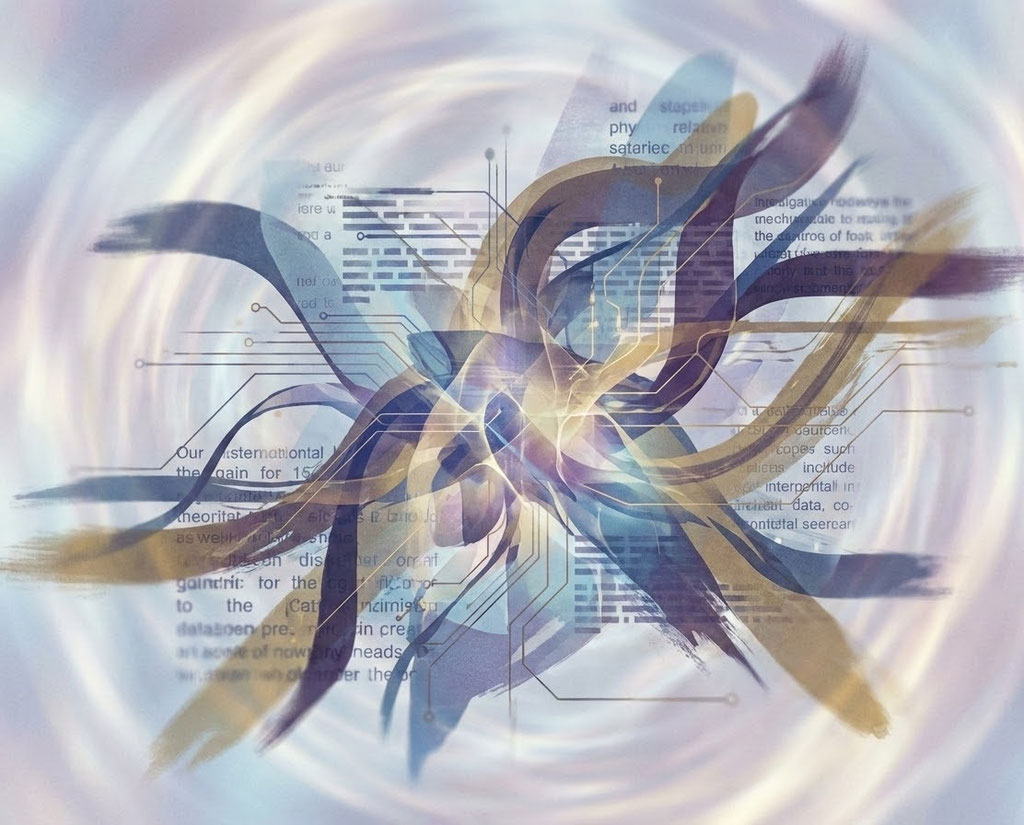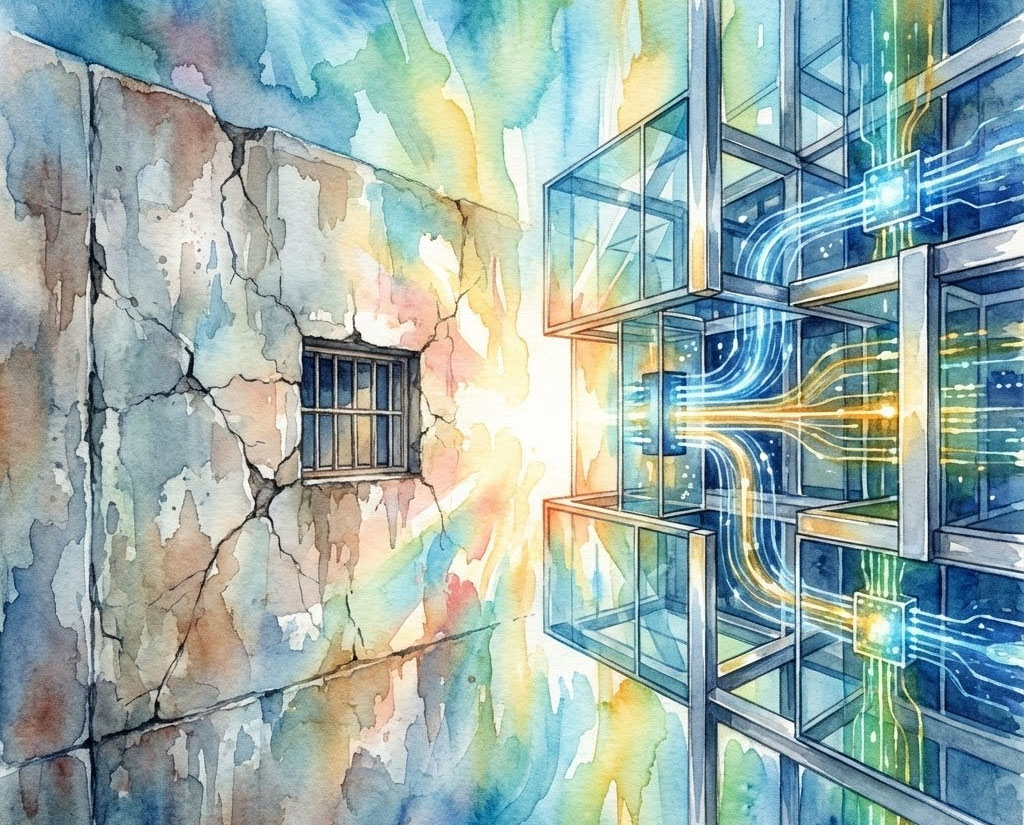
“Think left and think right and think low and think high.
Oh, the thinks you can think up if only you try!”
– Dr. Seuss
Like most traits, creativity is a mix of innate talent and acquired skill. Everyone has their own personal style of thinking that develops and evolves throughout life.
Creativity is the ability to solve problems in novel ways. It's a whole-brain activity, and it is possible to enhance it. The idea that the right hemisphere of the brain is the “creative side” is a myth. In reality, we use the entire brain, employing both imagination and logic to drive our "creative" thinking. Whether you're an artist, entrepreneur, or innovator, you can always use a little extra creativity in your life.
All minds have the makings for creativity, but there are some known ways of increasing it. These methods are gaining more and more traction in the scientific community. Try some yourself and see what you think!
Distancing Yourself from the Problem
Research shows that being able to detach from reality (in a healthy way) is key to the creative process. As you detach and come back, your ideas are tempered by logic and practicality.
This is called “psychologically distant” thinking. You're intentionally putting space between yourself and the problem/question, hence the name. Do you ever find yourself coming up with great ideas in the shower? Have you ever thought of that perfect comeback a little too late, hours after the moment has passed?
Those are natural examples of inspiration through distancing yourself from the situation at hand. You separate yourself and your mind begins to roam wild. Thoughts venture to territory beyond that of immediate reaction. The core concept is mental distancing, but you can help the process along by distancing yourself in the phyiscal world, as well.
This is a pretty simple idea -- but how do you actually do it? Scientists have found quite a few ways to increase creative output by stimulating psychologically distant thinking. You can run with the concept once you understand it.
Some tactics you can try right now to come up with creative ideas include:
- daydreaming
- meditation
- showering ( showers remove you from what you're doing and put you in a cozy, wet bubble)
- cluttering up your workspace a bit
- going for a walk
- coming up with a freestyle rap
- dimming the lighting
- having a bit of alcohol (not much, or else it defeats the purpose)
- looking at the problem from the perspectives of people you know
- going for a walk
- coming up with a freestyle rap
- dimming the lighting
- having a bit of alcohol (not much, and only if you're legal, of course)
- looking at the problem from the perspectives of people you know
- imagining the problem or situation in a different geographic location
- Projecting the event, problem, or situation into the far future.
- thinking of the normal response or solution as strange and unlikely to work
- thinking about the problem in a different place than usual, like lying on the floor or in a noisy coffee shop
- talking to new people, about the problem or just in general
Making Creativity a Habit
These exercises in psychological distancing won't be useful if you only try them once. Make it a habit to work on your creativity every day. Put aside regular time for distant thinking exercises, and you can expect noticeable improvement.
Find a few of these techniques that work best for you, or try a new one every time. Coming up with your own ways to encourage distant thinking could be your first problem to work on!
The key here, as with most things, is consistency. Creativity is much like a muscle that needs to be worked, less it atrophy. The more you do it, the better you'll get.
We need more creative and innovative solutions to the many challenges we're facing around the world. A lot of the "answers" that have worked in the past could use some new input. If you're ready to do some psychologically distant thinking on issues of real global importance, we've got your number. head on over to the HeroX Challenge Page to see what we're up against. We're waiting for your next big idea!








